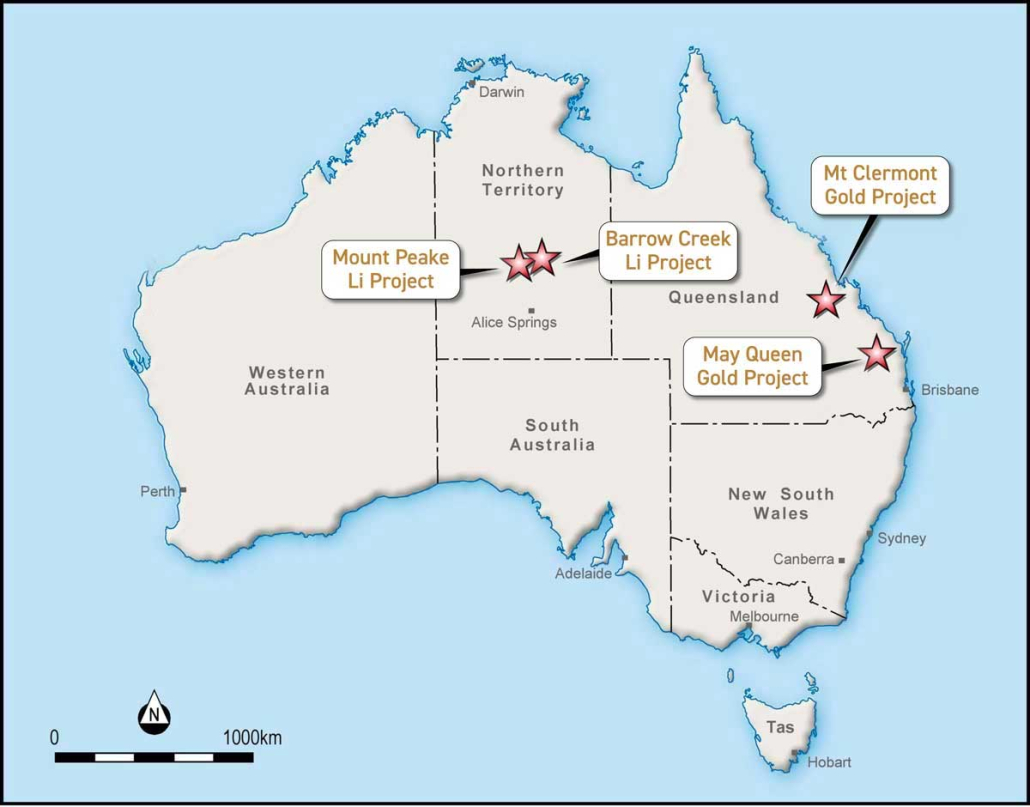Australasian Metals Limited
Australasian Metals Limited is a lithium, gold and precious metals exploration company primarily focused on projects in Australia, of which it holds and has a purchase agreement of over 274.3 km2 of tenements. The Company was established to identify and explore for lithium, gold and base metal projects, primarily in Australia.
Projects
The May Queen gold project lies within the Brovinia goldfield in Queensland. This goldfield is located in the northern part of the Surat Basin with the tenement mostly covered by Early to Late Jurassic sediments that unconformably overlay outcropping Late Devonian – Mississippian volcanoclastic sedimentary rocks hosting the May Queen gold mineralisation.
Mt Clermont gold project lies within the Anakie Province of the Drummond Basin which is composed of a sequence of Devonian to Carboniferous volcanics and sediments in Central Queensland, approximately 60 km by road north-west of the town at Emerald.
The two Queensland projects have significant potential of hosting precious metals, especially gold, with substantial geological work recommended including RC and diamond drilling.

